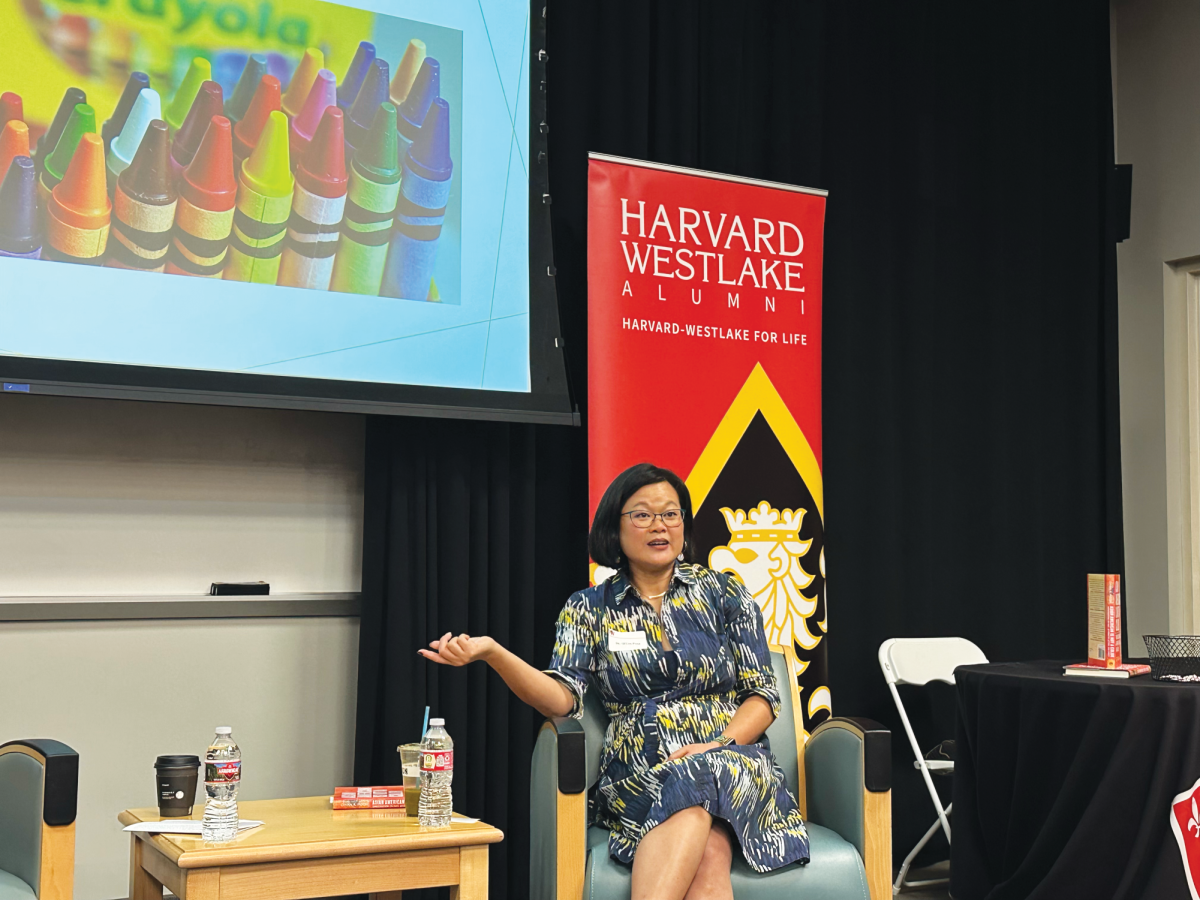Social Swap
October 13, 2021
As Jayden Huang ’23 sorted through racks of clothing at a thrift store looking for items that fit his unique style, he noticed pieces from notorious fast fashion brand Shein lining the racks; all of this clothing had been on trend just a few months previous. Huang said seeing these items so quickly discarded by consumers in a thrift store reinforced his long-held assumptions: He said he feels many teenagers shop at fast fashion brands that quickly adapt to social media’s ever-changing fashion trends, regardless of the unethical working conditions associated with these companies.
Huang said social media has largely promoted the fast fashion industry, with platforms like Instagram and TikTok quickly replacing magazines as the main spearheads of popular fashion trends.
“Due to social media allowing more people to find trends faster, everyone starts to hop on trends,” Huang said. “The trends are no longer new and fresh. Also, due to the way social media works to try to keep us scrolling, it needs to constantly catch our attention. This overconsumption of the media we see on platforms like Instagram and TikTok also results in us getting bored of certain trends a lot faster.”
Ari Ogden ’22 said the nature of social media allows platforms to cycle through trends at a faster rate than ever before. However, Ogden said the fashion world is broader than teenagers’ day-to-day clothing, extending into the realm of haute couture and luxury fashion. . She said she believes magazines like Vogue will remain relevant by focusing on high fashion rather than fast fashion.
“Fashion is a culture and art form of its own, and it has its own history,” Ogden said. “People contribute to fashion from all over the world, and it is still a somewhat newer medium, which has been thriving so far. Therefore, fashion magazines will definitely stay relevant. I have very little doubt about that.”
While Ogden said she only occasionally flips through high fashion or art and culture magazines, Upper School French Teacher Karine Bruno said she regularly enjoys browsing Vogue Paris or ELLE, especially while she is visiting France. Bruno said she appreciates the experience of a print magazine yet sees social media gradually replacing physical fashion magazines.
“I’m old-fashioned,” Bruno said. “When I go to Paris, I buy a magazine, but I think the magazines will be replaced by social media. It is happening for newspapers as well. [Fashion magazines] will still influence through social media instead of people paying for [physical copies of] magazines.”
However, Bruno said she does not think social media is at fault for the rapidity of trend cycles. Rather, Bruno said the issue is rooted in the marketing strategies of fast fashion brands.
“When I was living in Europe 20 years ago, Zara was the first brand to release a new collection every three months,” Bruno said. “At this time, we didn’t have Instagram, we didn’t have any social media and there were already fast fashion companies. [These companies] give us the feeling that we want fashion to change constantly.”
Natasha Clement ’24 said teenagers feel pressured to constantly purchase new clothing that follows relevant fashion trends and said they stop wearing those clothes as soon as the trend has become obsolete. Additionally, Clement said she worries about the environmental repercussions of fast fashion.
“[Social media has] given rise to these micro-trends, which didn’t exist when fashion magazines and celebrities were the main way people were exposed to fashion trends,” Clement said. “Now that fashion inspiration is much more influenced by social media, where more content can be included in a single post, the trend cycle is moving faster than ever. Preventing our fashion habits from destroying our planet is more important than ever before, and hopefully, we can all become more aware about how we are influenced by trends.”
Huang said to combat fast trend cycles, he avoids using social media as a fashion inspiration and instead focuses on creating his own personal style.
“Companies absolutely adore fast trend cycles because faster trends mean more new clothes [and] increased sales,” Huang said. “This is sad because faster trend cycles mean more money spent, and to deal with that, people have started to shop at fast fashion stores such as SHEIN in order to compensate.”
Like Bruno, Huang said he believes brands’ marketing strategies cause clothes to move in and out of fashion faster . He said companies acknowledge that people are more likely to buy a product they see a celebrity wearing and therefore, the companies send out public relations (PR) packages to influencers who create social media posts of themselves unboxing or wearing items.
“[For example,] House of Sunny sent PR packages of their infamous green knit dress to a massive group of both micro and macro influencers right as the dress was released,” Huang said. “The dress immediately became trendy, but due to House of Sunny sending a massive amount of the dress to all these influencers, it also quickly became boring to everyone. As soon as everyone received their own dresses in the mail when they bought them, they were already considered ugly and basic.”
Huang said everyone should dress how they please rather than emulating fashion trends from social media or fashion magazines.
“Don’t let marketing tactics or the hype around these brands and clothes affect the way you dress,” Huang said. “We literally only live once. Dress the way you want to.”



























